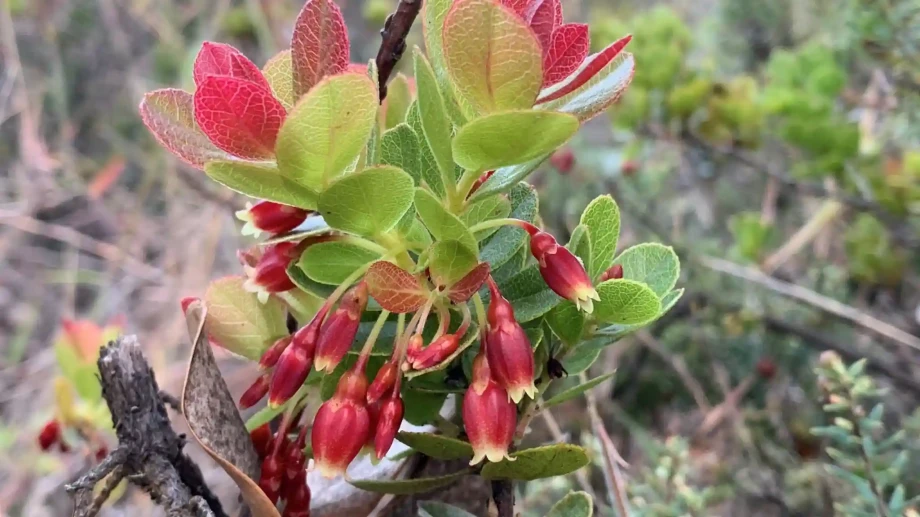Scientists from the Botanical Research Institute of Texas (BRIT) and the University of Florida have uncovered the surprising origin of Hawaiian wild blueberries, known locally as ʻōhelo.
Contrary to previous assumptions that they came from North America, genetic analysis revealed their roots trace back to temperate East Asia, specifically to Vaccinium yatabei, a species native to Japan.

Surprising origins revealed
This discovery, published in the American Journal of Botany, suggests an extraordinary migration across 4,000 miles (about 6,400 km) of the Pacific Ocean approximately 5–7 million years ago.
It is believed that migratory birds carried the seeds in their digestive systems, helping the plants establish themselves on Kauai, the oldest of the main Hawaiian islands.
Once in Hawaii, the blueberries adapted to the island's cool, high-altitude environments and even managed to grow on fresh lava flows where few other species can survive.
Over time, they diversified into multiple forms, contributing significantly to native bird diets and local cultural traditions.
Botanical adaptation and spread
Today, they are considered true botanical survivors.
The research also found that these plants spread further into southeastern Polynesia, where they hybridized with other blueberry species.
Surprisingly, at least one hybrid may have returned to North America — a rare case of island-to-continent plant migration.
Ongoing genetic studies suggest there are 15–18 distinct ʻōhelo species yet to be formally described, with important implications for conservation.
Source: phys.org
Source images: Fort Worth Botanic Garden












